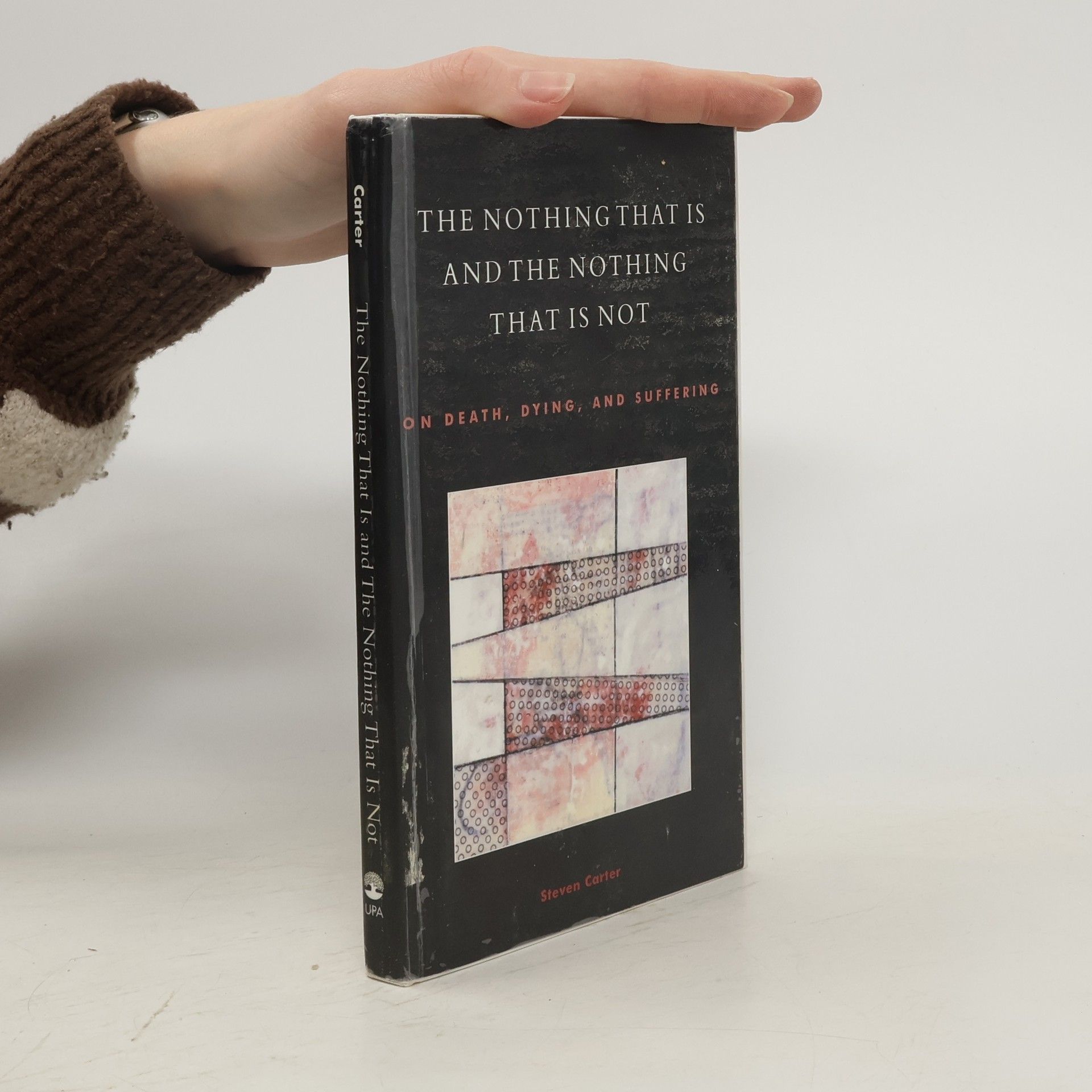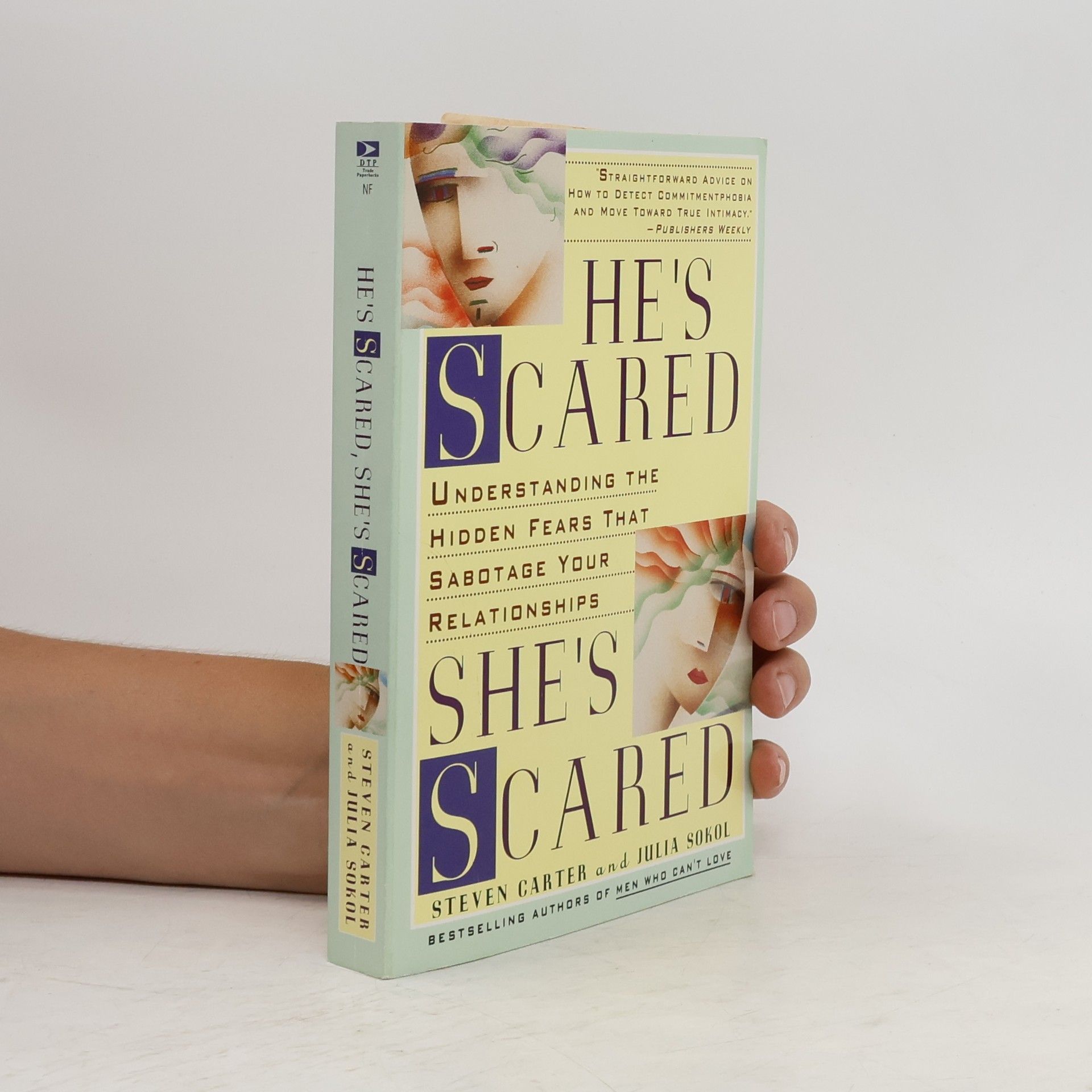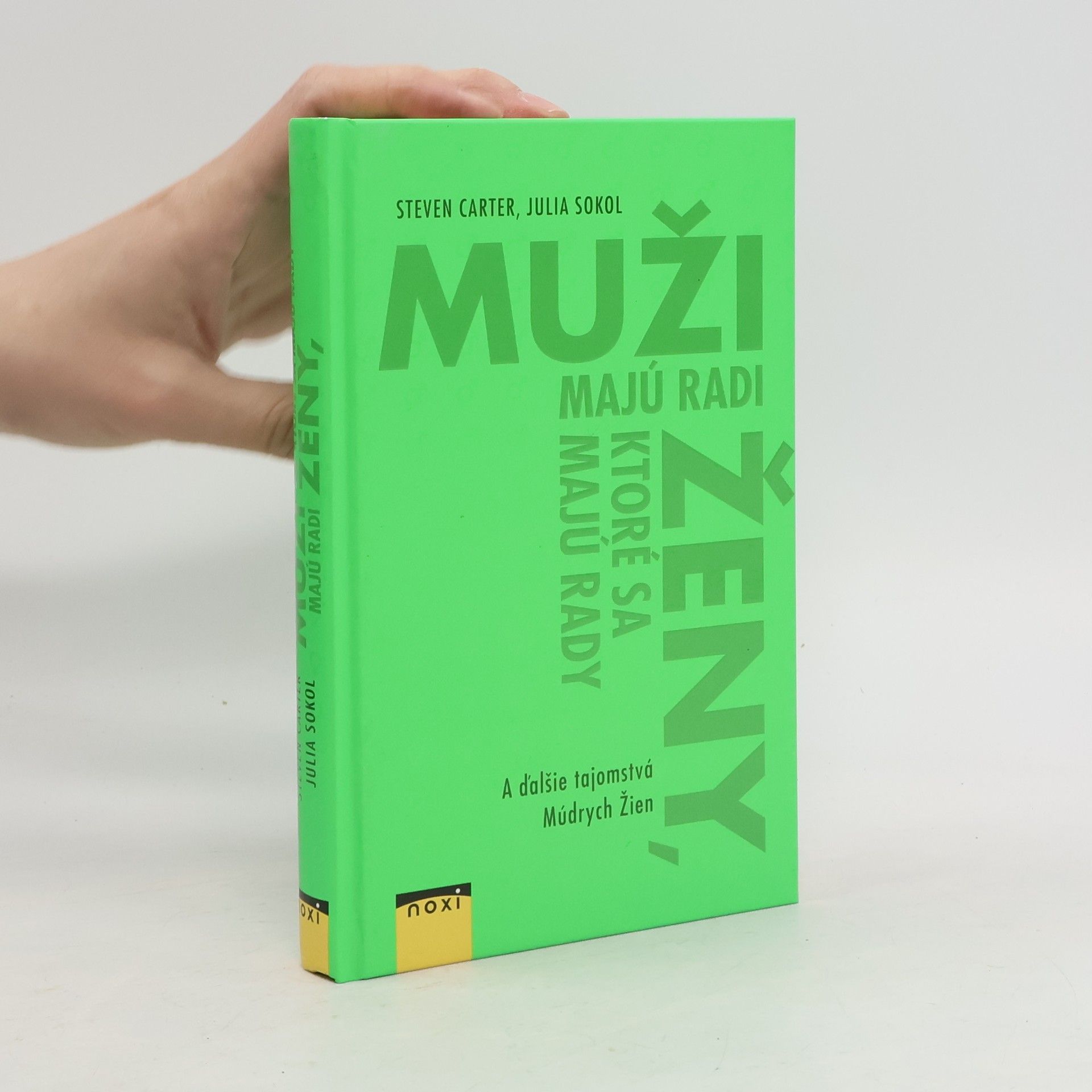Set in the enchanting twilight hours, the story follows the adventures of various night critters as they emerge during the magical transition from day to night. As the sun sets and darkness approaches, these creatures explore their surroundings, revealing the wonders and mysteries of the gloaming. The narrative captures the beauty and intrigue of this unique time, inviting readers to discover what roams in the gloaming.
Steven Carter Book order
Steven Carter is a unique two-time recipient of the coveted Nuove Lettere International Poetry and Literature Prize. His work, deeply rooted in literary analysis, explores intricate human emotions and philosophical concepts. Through his distinctive style and approach, he offers readers a profound insight into the contemporary world.







- 2023
- 2019
Muži majú radi ženy, ktoré sa majú rady
- 208 pages
- 8 hours of reading
Pre ženy, ktoré by sa chceli stať múdrejšími a zrelšími v záležitostiach lásky, ponúkajú úspešní autori a psychoterapeuti Steven Carter a Julia Sokol jednoduché a fungujúce princípy pre udržanie pevného a dlhodobého partnerského vzťahu. Pretože, čo sa týka vzťahov, ani múdre ženy nie sú imúnne voči typickým chybám, ktoré ničia partnerskú harmóniu. Neraz sa točia v rovnakom kruhu – opakovane sa dopúšťajú rovnakých omylov; milujú mužov toho istého typu, a potom, keď ich vzťah stroskotá, vyplakávajú na pleciach tých istých kamarátok. Hlavná myšlienka knihy Muži majú radi ženy, ktoré sa majú rady spočíva na princípe, že úspešný vzťah môžu partneri vybudovať len pod podmienkou, že sa prijímajú takí, akí sú a že láska môže vzniknúť len zo zdravej sebalásky. Kniha Muži majú radi ženy, ktoré sa majú rady vám pomôže nájsť tie vzorce správania, pomocou ktorých dosiahnete šťastný a naplnený vzťah.
- 2015
Fobie ze vztahů: to je nejvíce diskutovaná romantická problematika devadesátých let. Jaký má smysl, že vztahy končí, když to nejlepší právě začalo. Jak se chováte k partnerovi, který se vás jeden den nemůže nabažit, přičemž další den je pro něho každá vzdálenost nedostatečná. Můžete říci, že hledáte lásku - nebo únik z blízkosti? Autoři Steven Carter a Julia Sokolová vám připravili strategie, které potřebujete, abyste prošli vztahovou fobií a vyrovnali rovnováhu mezi potřebou intimity a přáním prostoru. Použili k tomu spousty překvapivých upřímných rozhovorů a hlubokých dotazníků.
- 2004
The Nothing That Is and the Nothing That Is Not
On Death, Dying, and Suffering
- 150 pages
- 6 hours of reading
Exploring interpretations of otherness in the postmodern era, this final volume of a trilogy delves into complex themes surrounding identity and existence. Building upon its predecessors, it offers a critical analysis of societal constructs and the implications of dystopian narratives. The earlier volumes examine the Americanization of surveillance and present selected essays that reflect on cultural shifts from 1990 to 2000, culminating in a profound commentary on contemporary issues of belonging and alienation.
- 2004
Men Who Can't Love
- 306 pages
- 11 hours of reading
This is the classic relationship book that started them all, now available in paperback. It informs women of the warning signs of commitmentphobia, and explains how to avoid heartbreak.
- 2003
Ces hommes qui ont peur d'aimer
- 320 pages
- 12 hours of reading
This is the classic relationship book that started them all, now available in paperback. It informs women of the warning signs of commitmentphobia, and explains how to avoid heartbreak.
- 2000
What Smart Women Know
- 208 pages
- 8 hours of reading
What Smart Women Know is a straightforward and honest guide from women who have learned the hard way how to be smart about men.
- 2000
Lauf nicht vor der Liebe weg!
- 279 pages
- 10 hours of reading
- 1995
He's Scared, She's Scared
- 352 pages
- 13 hours of reading
Available for the first time in paperback, this follow-up to the phenomenally successful Men Who Can't Love tackles the issue of commitmentphobia, that persistent obstacle to truly satisfying contemporary relationships. Authors Stephen Carter and Julia Sokol explore why modern men and women are torn between the desire for intimacy and the equally intense need for independence. Drawing on numerous interviews and real-life scenarios, and written with humor, insight, and the kind of wisdom gained by personal experience, He's Scared, She's Scared offes guidance for all of us who want genuine, sustained intimacy with our romantic partners.




